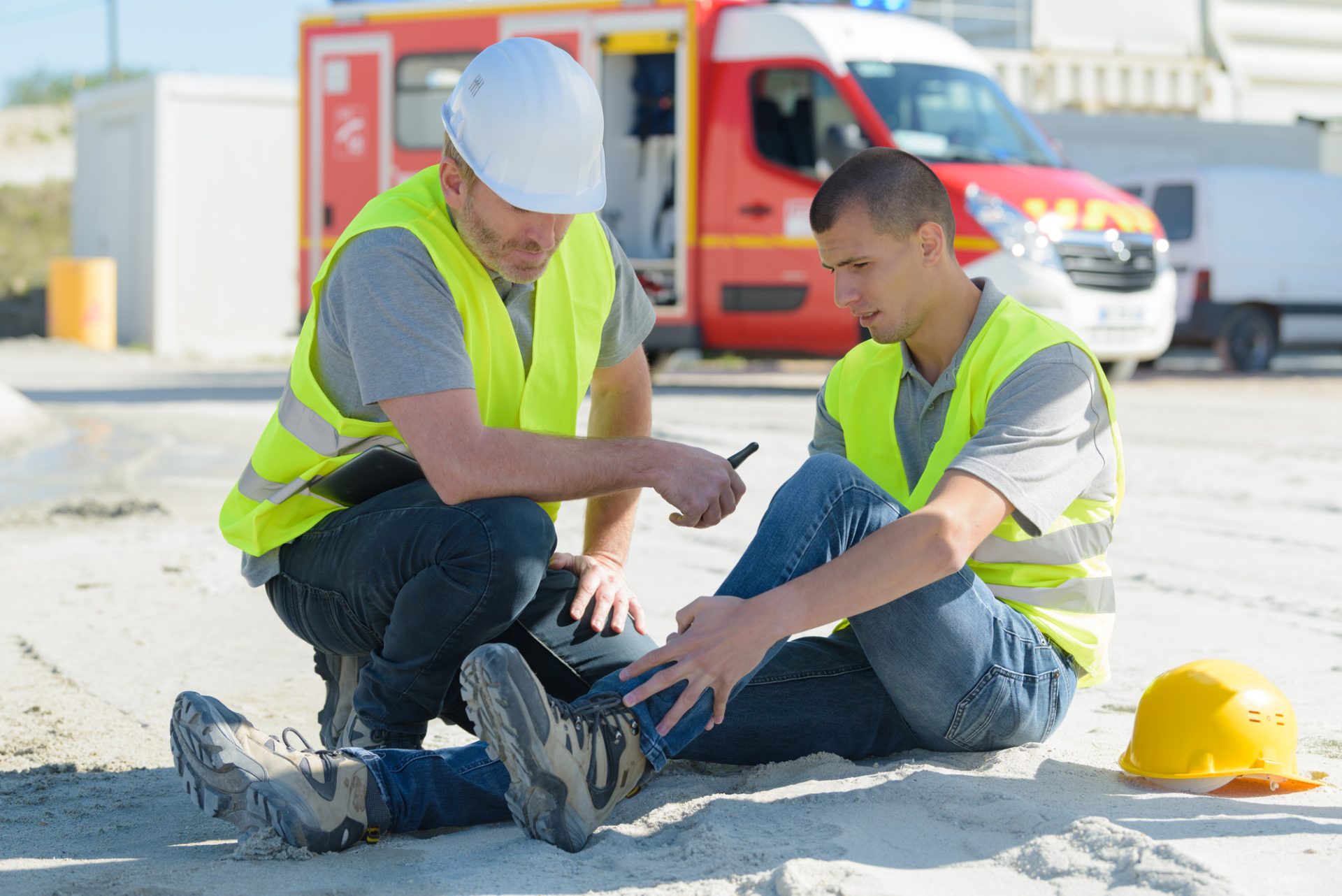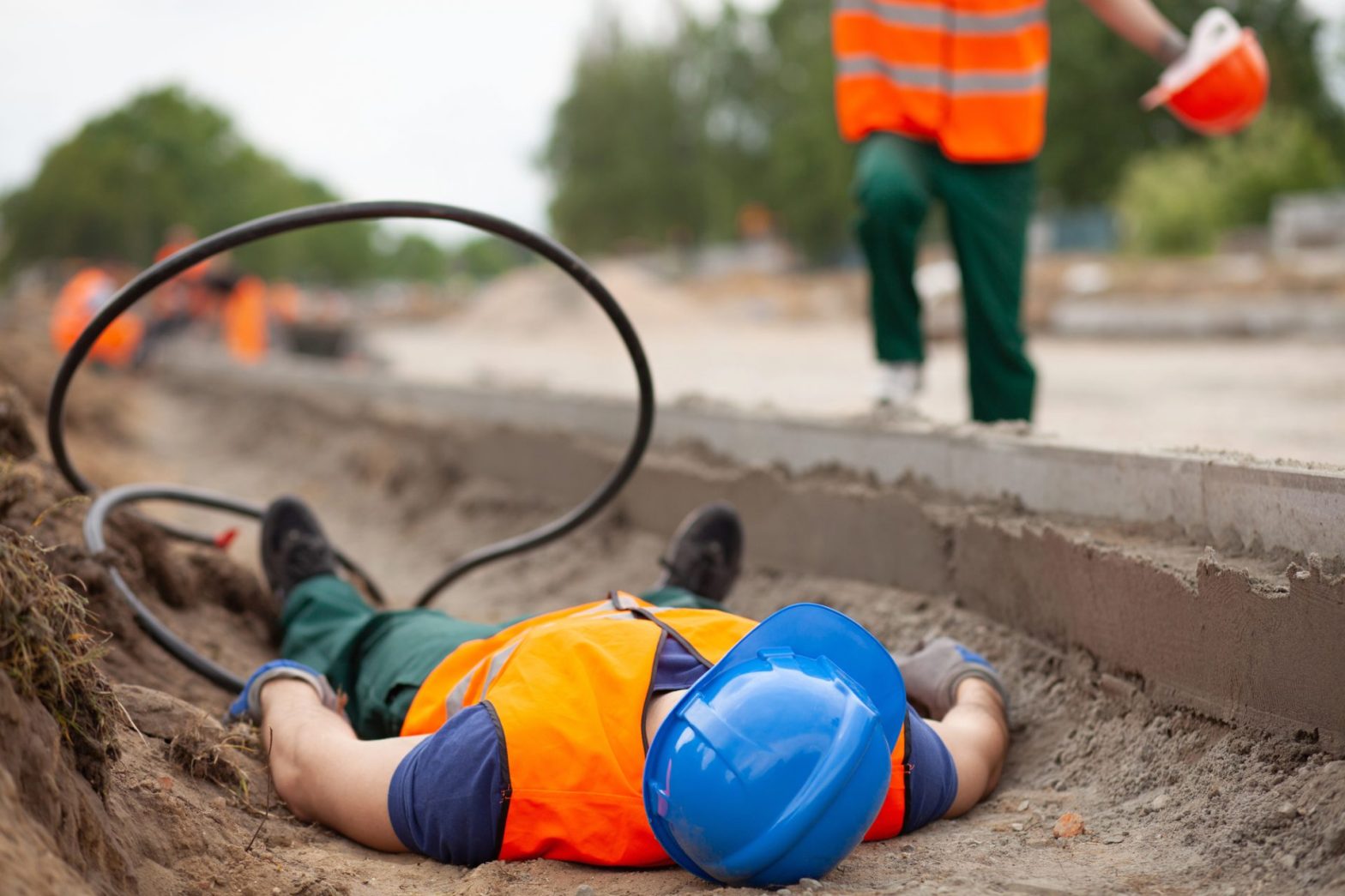If you’re involved in any kind of an accident and plan to file a personal injury claim or lawsuit to seek compensation for your damages, your case may benefit from the expert testimony of an accident reconstruction expert, especially if pinning liability seems challenging. So, what is the purpose of accident reconstruction and what is the role of accident reconstruction experts?
The Purpose of Accident Reconstruction
The purpose of reconstructing an accident is to scrutinize the factors leading up to the event by analyzing all available evidence from the scene. This paves the way for determining the cause of an accident as well as identifying contributing factors such as hazardous roads, driver error, condition of vehicles, and inclement weather conditions, ultimately helping establish fault and liability. The entire process, from collecting evidence to the eventual expert testimony, can have a big effect on personal injury cases.
The Role of the Accident Reconstruction Expert
It is common for personal injury lawyers and attorneys to collaborate with accident reconstruction experts to determine the cause of accidents that led to their clients’ injuries. These experts need to have recognized certifications and a history of working with accident analysis, and they also need to keep up with the latest technologies and methodologies. Without suitable qualifications, their testimony might not hold solid ground in court.
Accident reconstruction experts typically specialize in biomechanical or human factors engineering, with further specialization in accident reconstruction analysis or forensic investigations. In addition, the specifics of an accident tend to play a role in the required area of expertise which may even include civil and mechanical engineering. The expertise they carry enables them to work with complex data and arrive at reasonable conclusions in their reports.
Different types of personal injury lawsuits benefit from the testimonies of accident reconstruction experts, and they include:
- Automobile accidents
- Pedestrian accidents
- Boating accidents
- Workplace accidents
- Premises liability accidents
- Accidents involving the use of excessive force
- Dog bites
The reports accident reconstruction experts create are specific to each case, highlighting every aspect that helps determine the cause of an accident and who to hold liable. For example, a typical reconstruction report of an accident that involves two drivers includes details of both vehicles, their resting positions after the crash, the damages the vehicles suffer, the distribution of debris, the presence of skid marks, road and weather conditions at the time of the accident, and witness statements. They also tend to include details of injuries that claimants suffer.
How the Process Works
The role of an accident reconstruction expert begins with an initial investigation and ends with a report or testimony. However, the entire process is painstaking and requires having a keen eye for detail. This is how it unfolds.
- Investigating the scene. Personal injury lawyers typically involve accident reconstruction experts early in the process so they may investigate the scene of an accident soon after it takes place. They document the scene thoroughly, make detailed notes, capture photos/videos, and take measurements.
- Collecting evidence. Examining and collecting physical evidence plays a crucial role in accident reconstruction. In the case of a workplace accident, this can come in the form of malfunctioning machinery or faulty scaffolding. In an automobile accident, evidence can include debris patterns, skid marks, and vehicular damage.
- Inspecting vehicles. This step comes into the picture in case of automobile accidents. Accident reconstruction experts examine all the vehicles involved in an accident meticulously. They check all mechanical systems and rely on event data recorders (EDRs) or onboard computers to retrieve the data they need.
- Interviewing witnesses. Interviewing witnesses can give accident reconstruction experts different perspectives and counter-viewpoints about an accident. This is why they rely more on the physical evidence they analyze.
- Analyzing data. Modern-day accident reconstruction experts use advanced mathematical models and software to analyze the data they collect. This allows them to accurately determine factors like speed, force of impact, and angle of impact.
- Preparing reports. This step requires putting all the findings on paper in a comprehensive report. While it includes all the details relevant to a case, it also includes the expert’s opinion on what caused the accident and who to hold liable.
- Testifying in court. Your case gets to this stage only if you’re unable to arrive at a suitable settlement. Here, your lawyer will ask the expert to testify and shed light on the findings of the report, which works in strengthening your case. The defense attorney might call the accident reconstruction expert testifying in your favor to question his/her/their findings.

What Are the Human Factors in Accident Reconstruction?
Human factors in accident reconstruction refer to the human behaviors that contribute to an accident. These include perception and decision-making as well as physical and psychological states. Human factors experts use principles from engineering, psychology, physics, and other fields to analyze human behavior in such scenarios.
- Perception. How well did drivers see and understand their surroundings?
- Reaction time. How quickly did a person respond to a situation?
- Visibility. How well could a driver see the road, other vehicles, and pedestrians?
- Impairment. Was a driver under the influence of alcohol or drugs, or fatigued?
- Focus. Was a driver focused on driving?
- Distraction. Did something distract a driver?
- Driver strategy. How did someone plan route, speed, and maneuvers?
- Driver tactics. Did a driver take effective action to avoid a hazardous situation?
The Use of Modern Technology
The use of modern technology in accident reconstruction is fairly common and different tools give accident reconstruction experts the ability to create detailed and accurate simulations of events leading to accidents. They use these simulations to simplify complex concepts when presenting their cases to insurance companies, judges, or juries.
- Computational modeling and simulation software. These advanced computer programs help create 3D models of the scenes of accidents, the movement of vehicles/people, and the eventual impact.
- Photogrammetry. Photogrammetry requires using photographs to create 3D models of objects, structures, and landscapes. It involves taking multiple overlapping images and stitching them together to create a digital model. This technique helps accident reconstruction experts create detailed diagrams of accident sites and obtain accurate measurements.
- Event data recorders. An EDR functions like a black box for automobiles. It provides vital information from the moments leading up to and soon after a crash, like speed, application of brakes, steering input, and deployment of airbags. This information helps accident reconstruction experts understand different aspects of an accident like if drivers were speeding or lost control of their vehicles.
- Drones. Using drones has added a new perspective to analyzing accident scenes. This is because they now give accident reconstruction experts the ability to obtain photographic and video footage from previously inaccessible vantage points, ensuring accurate mapping. Drones can be particularly beneficial when reconstructing large accidents where a bird’s-eye view can make all the difference.
Why Is Accident Reconstruction Important?
Having solid evidence is crucial in personal injury cases, whether you need to present it to an insurance company or in court. When there’s even the slightest doubt about who might be liable for an accident or to what degree, an accident reconstruction expert’s analysis and testimony can help increase the odds of a successful outcome.
- Liability. The main role of accident reconstruction experts is to help pin liability. They do this by recreating accidents, scrutinizing all the evidence, and providing scientific explanations that help determine who is at fault.
- Claims other parties make. If you’re filing a personal injury claim against someone else’s insurance company, you may expect it to employ different tactics to reject your claim or minimize its liability. In this scenario, the detailed report of an accident reconstruction expert can counter the other party’s claims by presenting the facts of the case in the right light.
- Negotiations. Whether you’re at the settlement table with the other party’s lawyers or insurance company, an accident reconstruction expert’s report can tilt the scale in your favor, provided it is clear in establishing cause, fault, and liability.
- Testimony in court. If your case goes to court, you may count on an accident reconstruction expert to explain the scientific details of your accident to a judge or jury in a manner that is easy to understand. To do this, they may use visual aids and computer simulations. Often, their testimonies are crucial because they help clarify debatable points.
Admissibility of Accident Reconstruction Reports
More often than not, courts view accident reconstruction reports as admissible. However, since courts tend to follow the Daubert standard, their admissibility requires that they meet different criteria. These include:
- Qualifications of the accident reconstruction expert who prepared the report.
- The methodology the expert used.
- If the techniques and theories employed are peer-reviewed.
- Whether the report is rooted in scientific principles and reliable data.
Conclusion
Now that you know what the role of the accident reconstruction expert is, don’t hesitate to use the services of one to bolster the chances of winning your personal injury case. Remember that their reports and testimonies can make a significant difference in which way your case goes, be it a car accident or a slip and fall accident. Ideally, you should start by partnering with a personal injury attorney who can guide you in the right direction.

